What is the Pesketaryen diet?
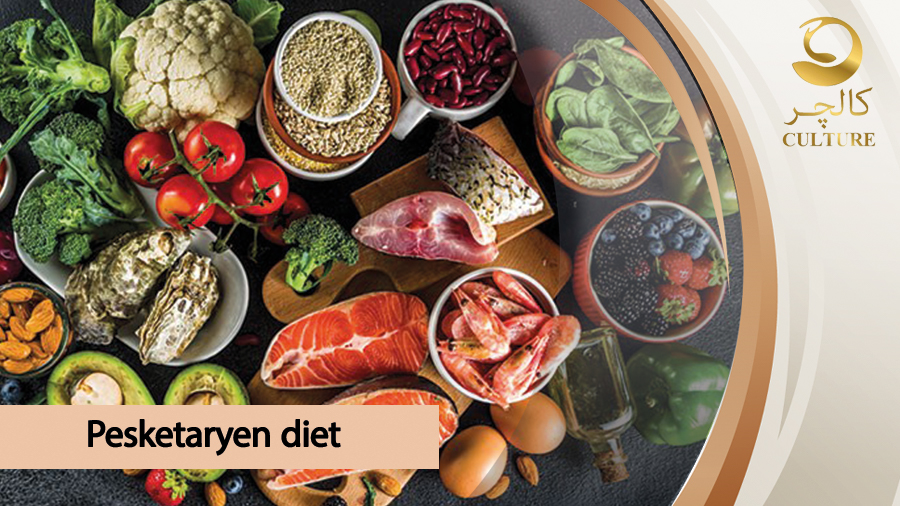
Have you ever wondered about a diet that combines the best of plant-based eating with the deliciousness of seafood? Enter the Pesketaryen diet; a way of eating that’s gaining traction for its health benefits and flexibility. Whether you’re keen to improve your wellbeing, explore new flavours, or simply shake up your routine, this diet could be your next adventure. In this guide, we’ll explore what the Pesketaryen diet is all about, why it’s worth considering, and how you can make it work for you.
What Is the Pesketaryen Diet?
The Pesketaryen diet is a fresh take on vegetarianism that welcomes fish and seafood into the fold while waving goodbye to red meat and poultry. You might spot it written as “Pescatarian” elsewhere. Don’t fret; it’s the same thing, just a different spelling! At its heart, this diet blends nutrient-rich plant foods with the unique goodness of aquatic eats, offering a balanced approach that’s as tasty as it is wholesome.
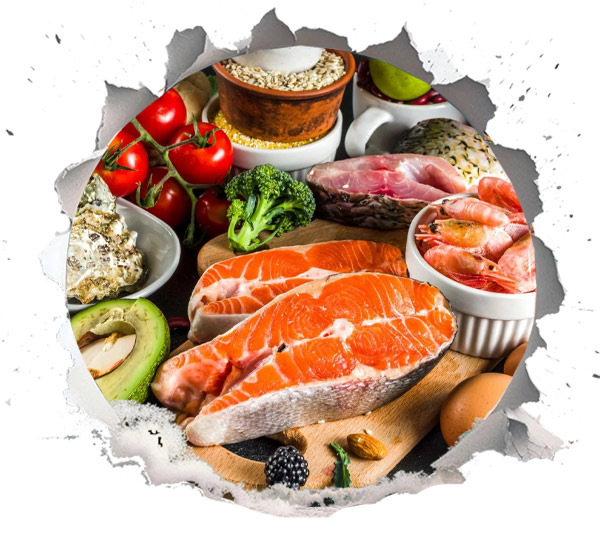
Here’s what’s on the menu:
- Fish and Seafood: Think salmon, sardines, tuna, prawns, and even a luxurious dab of caviar.
- Plant Powerhouses: Fruits, vegetables, whole grains like quinoa or brown rice, legumes, nuts, and seeds.
- Optional Extras: Eggs and dairy, such as yoghurt or cheese, depending on your preference.
- Healthy Fats: Olive oil, canola oil, or avocado to keep things heart-friendly.
It’s a diet that skips beef, pork, lamb, and chicken, focusing instead on the bounty of the sea and the earth. Whether you’re a foodie or just looking for a sustainable way to eat, the Pesketaryen diet offers plenty of variety to keep your plate exciting.
Why Go Pesketaryen? The Health Perks
So, why are people buzzing about the Pesketaryen diet? It’s not just about the food; it’s about feeling good too. One of its standout benefits is how it supports your heart. Fatty fish like mackerel and salmon are brimming with omega-3 fatty acids, which work wonders by lowering blood pressure and calming inflammation. Research backs this up: a 2017 study highlighted that diets rich in fish and plants can cut the risk of heart disease by improving blood lipids.
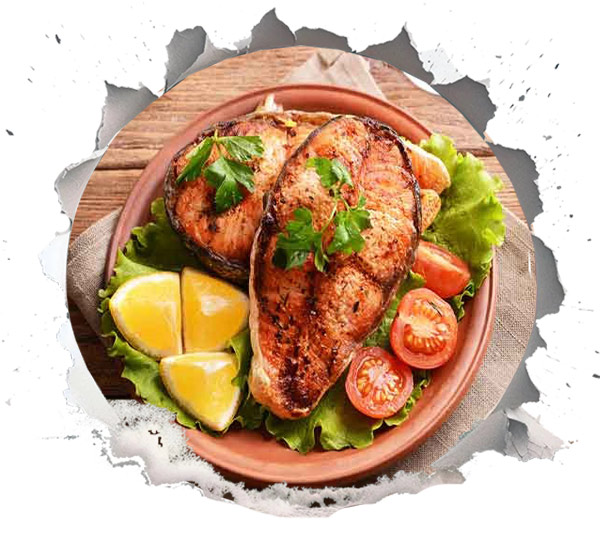
But the benefits don’t stop there. Here’s what else the Pesketaryen diet brings to the table:
- Weight Control: With its focus on fibre-packed plants and lean proteins, it’s easier to keep the scales in check.
- Lower Disease Risk: Studies suggest it may reduce the odds of type 2 diabetes and certain cancers, thanks to ditching red meat.
- Nutrient Boost: You’ll get a hefty dose of vitamin D, iodine, and selenium from fish, alongside vitamins and antioxidants from plants.
Plus, it’s kinder to the planet. Red meat production accounts for a chunk of global carbon emissions; about 15%, according to the United Nations, while responsibly sourced seafood often has a lighter footprint. It’s a win for your body and the environment.
How to Embrace the Pesketaryen Diet
Ready to dive in? Following the Pesketaryen diet is simpler than you might think. Here’s your step-by-step guide to getting started:
- Fill Up on Fish: Aim for at least two servings of fish or seafood each week. Mix it up with options like trout, cod, or prawns.
- Go Green: Load your plate with colourful veggies, fruits, whole grains, and pulses like lentils or chickpeas.
- Ditch the Meat: Say farewell to steak, sausages, and chicken; seafood’s got you covered.
- Eggs and Dairy?: Your call. Include them for extra protein or skip them for a more plant-based vibe.
- Cook Smart: Use olive oil or rapeseed oil for cooking and dressings to keep things heart-healthy.
A Day on the Pesketaryen Plate
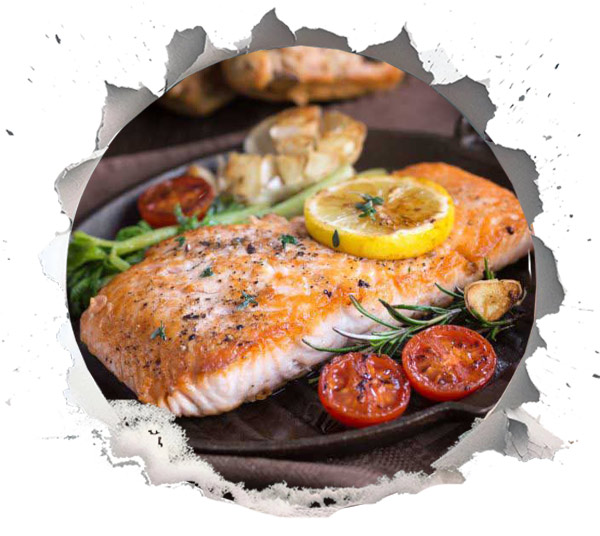
Not sure where to begin? Here are some meal ideas to spark your imagination:
- Breakfast: Wholemeal toast topped with smoked salmon, avocado, and a handful of blueberries.
- Lunch: A hearty couscous salad with chickpeas, cherry tomatoes, cucumber, and a zesty lemon dressing.
- Dinner: Baked cod with a side of roasted veg and wild rice.
- Snack: A dollop of Greek yoghurt with a drizzle of honey and some almonds.
- Special Treat: Caviar on a crisp cracker with a splash of lemon—pure indulgence!
Caviar: A Pesketaryen Luxury
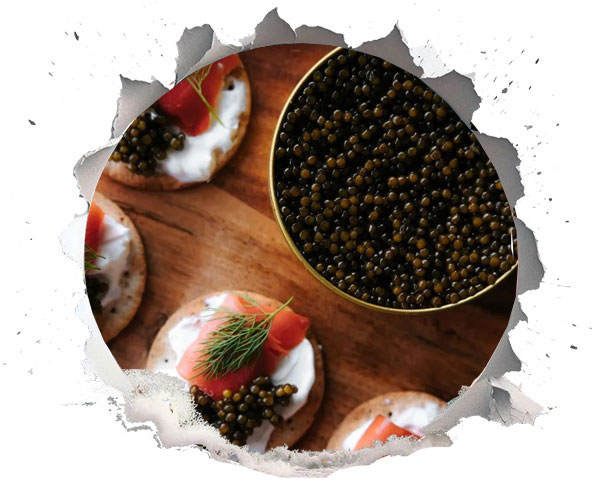
If you’re looking to add a touch of elegance to your Pesketaryen journey, caviar fits the bill perfectly. Made from fish roe, this delicacy brings omega-3s, protein, vitamin B12, and selenium to the table; nutrients that keep your nerves firing and your immune system strong. Picture it: a small spoonful of caviar on a blini or a slice of cucumber for a posh twist that’s totally Pesketaryen-approved.
That said, caviar isn’t an everyday staple. It’s pricey, and overfishing of sturgeon raises sustainability flags. Opt for ethically sourced versions, those from certified farms, and enjoy it sparingly to keep things responsible and affordable. We suggest you take a look at our guide to caviar’s health benefits.
Navigating the Challenges
No diet is without its hurdles, but the Pesketaryen diet’s are easy to tackle with a bit of know-how:
- Nutrient Gaps: Missing red meat might mean less iron or B12. Lean on fish, eggs, dairy, or fortified foods, and chat with a GP about supplements if needed.
- Mercury Watch: Some fish carry higher mercury levels. Stick to safer picks like sardines or salmon.
- Cost Factor: Seafood can pinch the wallet. Go for frozen or tinned options; they’re just as nutritious and often cheaper.
- Allergies: Fish or shellfish allergies? This diet’s not for you; safety first, always.
With a little planning, these bumps in the road become manageable, letting you enjoy the Pesketaryen lifestyle to the fullest.
Pesketaryen Questions Answered
Not quite. Vegetarians skip all meat, while Pesketaryens embrace fish and seafood alongside plants.
Absolutely; it’s your diet, your rules. Some keep it strictly plant-and-seafood, others welcome eggs and cheese.
Two servings a week is the sweet spot for those omega-3 benefits.
Yes! It’s a nutrient-packed treat, perfect for the diet; just mind the cost and sustainability.
Plenty! Fish, seafood, beans, nuts, and seeds have you covered.
Ready to Try the Pesketaryen Diet?
The Pesketaryen diet is more than a meal plan; it’s a chance to nourish your body, explore new tastes, and even lighten your eco-footprint. With its mix of seafood and plant-based goodness, plus the occasional caviar splurge, it’s a flexible, flavourful way to eat. Why not give it a whirl for a few weeks? You might just find your heart, and your taste buds, singing its praises.

